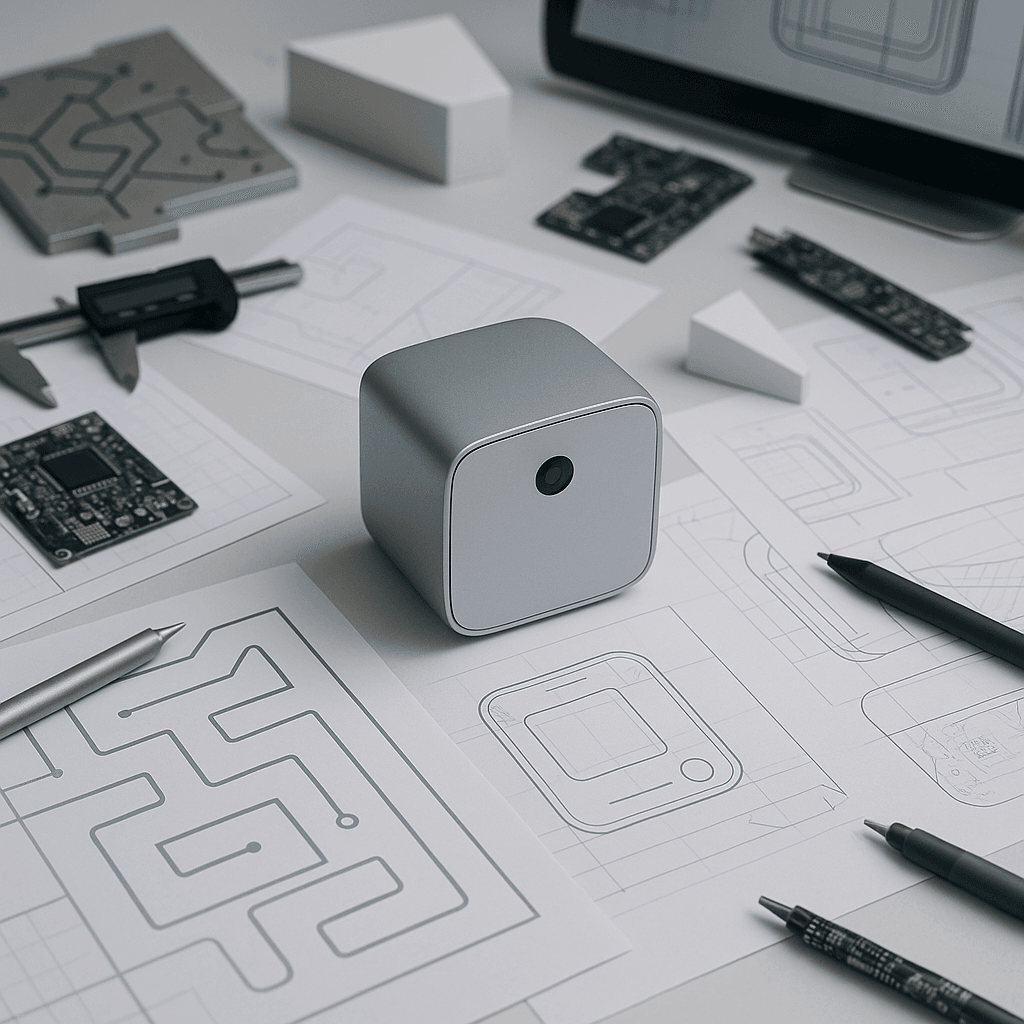OpenAI and legendary designer Jony Ive are hitting serious technical walls with their ambitious screenless AI device. The $6.5 billion partnership that was supposed to revolutionize computing is now facing delays as the team struggles with fundamental questions about how an 'always-on' AI companion should behave in the real world.
OpenAI just hit a reality check with their most ambitious hardware bet yet. The company's $6.5 billion partnership with Jony Ive - the design genius behind the iPhone - is running into fundamental technical problems that nobody saw coming.
Financial Times sources reveal the duo is struggling to crack the code on their palm-sized, screenless AI device. What seemed like a slam dunk when OpenAI acquired Ive's io startup in May now looks like Silicon Valley's most expensive design challenge.
The problem isn't the hardware - it's teaching an AI when to shut up. Sources tell the FT that instead of waiting for "Hey ChatGPT" wake words, the device would run in an "always-on" mode, constantly listening and watching for cues to jump into conversations. But the team can't figure out how to make it useful without being annoying.
"The device would take an 'always on' approach," one insider explained to the FT, "but the team has reportedly struggled to ensure it only speaks up when useful and ends its conversations at the appropriate time." That's like trying to program social awareness into a computer - and it's proving nearly impossible.
When Sam Altman announced the acquisition, he promised Ive would help create "a new generation of AI-powered computers." Bloomberg reported the first devices would launch in 2026. Now that timeline looks shaky.
The technical hurdles go deeper than conversation management. The FT reports unresolved questions around the device's core "personality," privacy protections, and computing infrastructure. These aren't bugs - they're fundamental design decisions that could make or break the entire concept.
For Ive, this represents his biggest challenge since leaving Apple in 2019. The designer who perfected the iPhone's intuitive interface now faces the opposite problem: creating meaningful interactions without any visual interface at all. It's like designing a phone that's all Siri, no screen.












